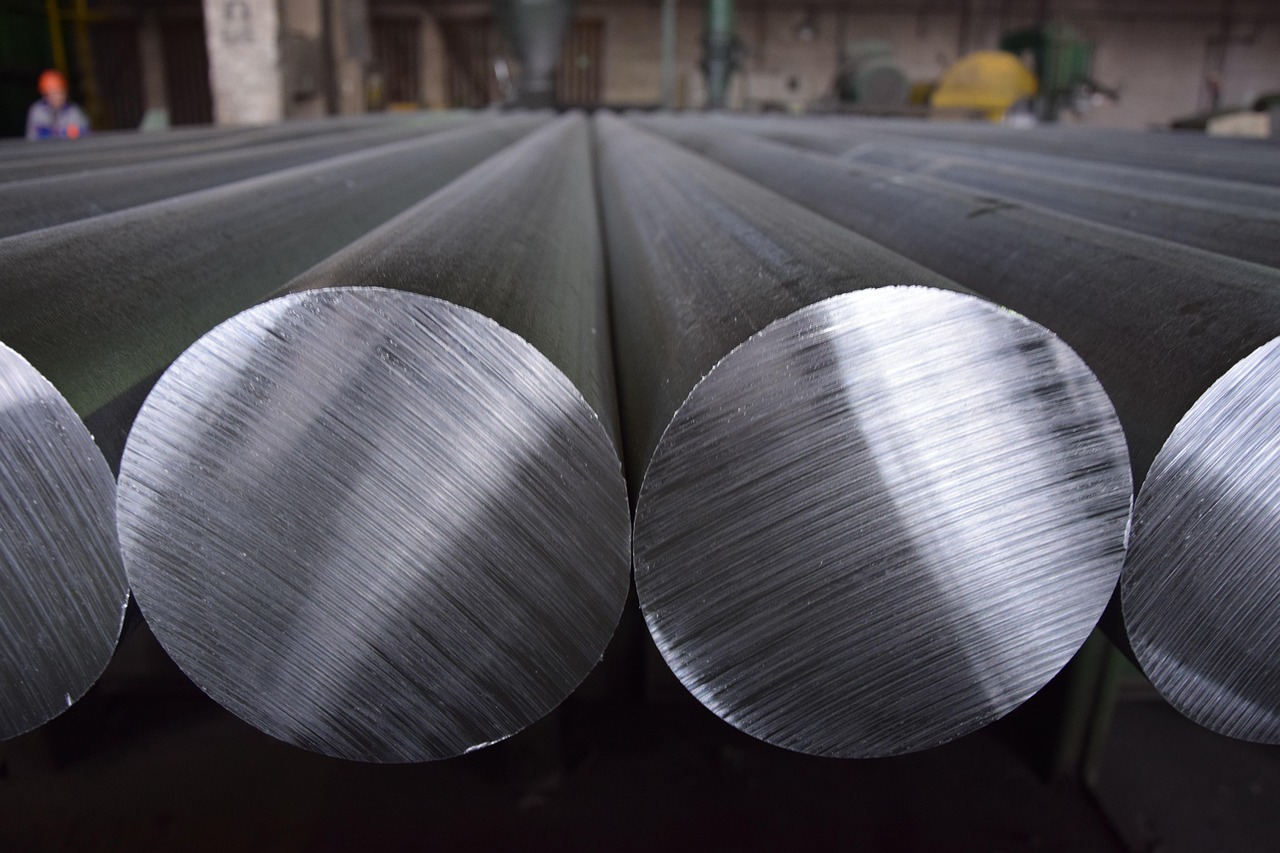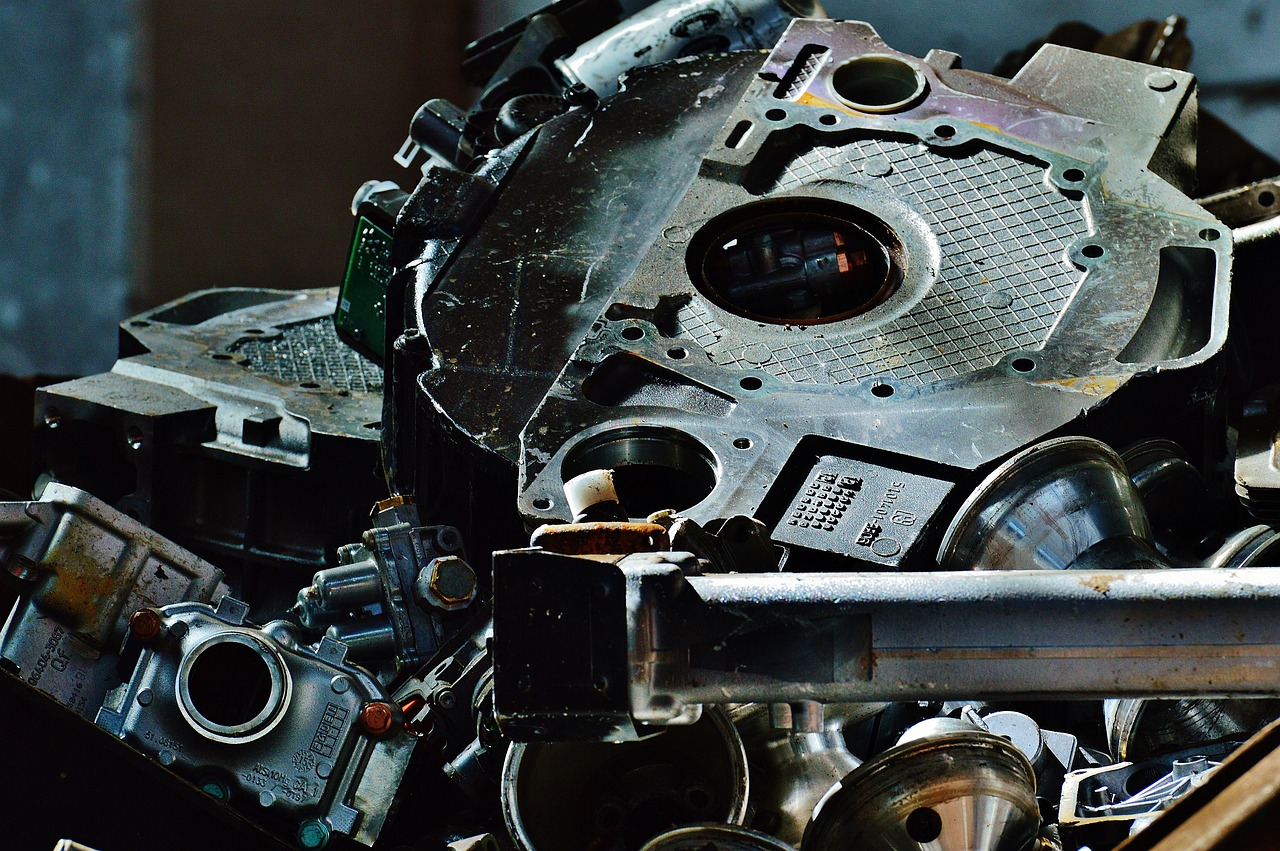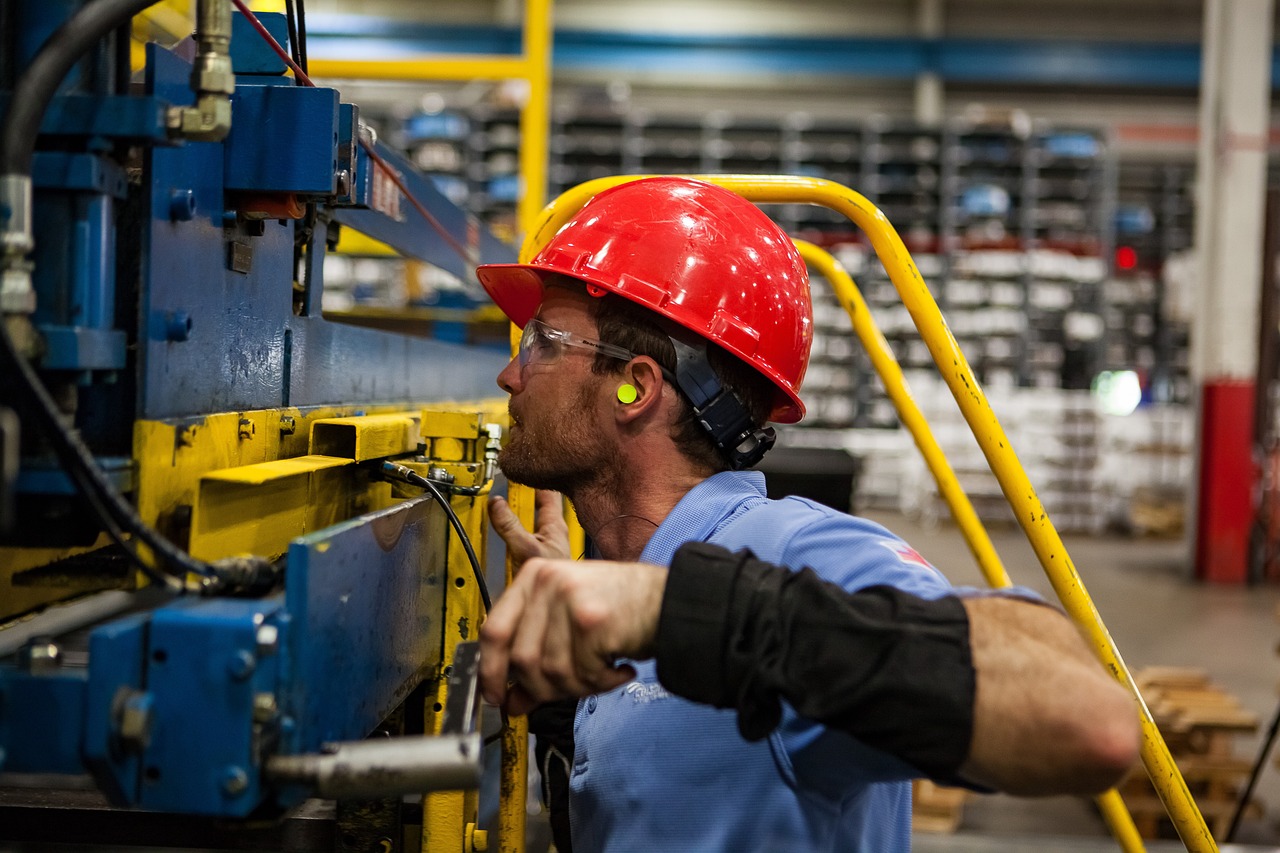Digital Twins are Changing the Heavy Metal Industry
Without a digital twin, missteps—whether it’s a sorting error, material loss, or unexpected equipment failure—chip away at profitability and disrupt operations. Traditional recycling methods have worked for decades, but they come with inefficiencies that drive up costs and slow everything down.
Now, digital twins in heavy metal recycling are changing that. By creating a real-time virtual model of recycling operations, they’re helping scrap yards and smelting plants optimize processes, reduce waste, and improve profitability. What was once a reactive industry is shifting to a data-driven, predictive model—one that’s already proving its value.
What Are Digital Twins in Heavy Metal Recycling?
A digital twin is a real-time virtual replica of a physical system, continuously updated with data from sensors and machinery. It tracks operations, simulates different scenarios, and helps facilities improve efficiency, reduce costs, and predict failures before they happen.
For digital twins in heavy metal recycling, this means more precise sorting, optimized furnace operations, and predictive maintenance that keeps equipment running smoothly. Instead of making decisions based on static reports, facility managers can use digital twins to make real-time, data-driven choices. As more recycling plants adopt this technology, they’re finding that the advantages go beyond efficiency.
Solving the Sorting Challenge
Sorting is imperative to metal recycling. The ability to separate ferrous and non-ferrous metals efficiently, reduce contamination, and increase material purity directly impacts profitability. Yet, even with advanced sorting technologies, misclassification of metals remains a costly problem.
Digital twins in heavy metal recycling are making sorting systems smarter. By integrating AI and real-time data collection, these virtual models can analyze metal composition on the fly and adjust sorting mechanisms to improve accuracy. Sensors detect impurities in scrap metal before it even enters the processing phase, reducing contamination and ensuring higher-quality materials.
Instead of relying on fixed rules for sorting, digital twins allow facilities to adapt to different materials dynamically. This results in greater material recovery, increased resale value, and more efficient processing down the line. Companies that adopt digital twins in heavy metal recycling are already seeing significant improvements in their sorting accuracy and overall profitability.
Enhancing Smelting and Processing for Maximum Efficiency
Once metals are sorted, they move into the processing phase, where energy consumption becomes a major concern. Smelting and refining require high temperatures, and inefficient furnace operations can lead to wasted energy and increased emissions. The cost of running furnaces inefficiently adds up quickly, and outdated systems struggle to adjust to fluctuating material compositions.
With digital twins in heavy metal recycling, smelting plants can fine-tune operations in real time. By continuously analyzing material properties, digital twins ensure furnaces operate at optimal temperatures while reducing energy consumption. They allow operators to model different melting scenarios, helping them determine the most efficient way to process different types of scrap.
For businesses focused on sustainability, this technology is proving invaluable. Lower energy use means reduced carbon emissions, helping facilities meet stricter environmental regulations while also cutting costs. The ability to refine metal with minimal waste is another major advantage, improving overall material efficiency and long-term profitability.
Preventing Costly Downtime with Predictive Maintenance
Unplanned equipment failure is one of the biggest financial risks in metal recycling. When a shredder, conveyor belt, or furnace breaks down unexpectedly, the entire facility’s workflow is disrupted, repairs are expensive, and production schedules are thrown off track.
Digital twins in heavy metal recycling help prevent this by enabling predictive maintenance. Rather than waiting for equipment to fail, these systems continuously monitor machinery in real time, flagging signs of wear and tear before they lead to serious breakdowns. If a conveyor belt motor begins running hotter than normal or a shredder’s vibration levels increase, the digital twin can alert operators to perform maintenance before the issue escalates.
Recycling facilities that have implemented predictive maintenance strategies using digital twins have reported fewer unplanned shutdowns, lower repair costs, and extended equipment lifespan. By keeping machinery running at peak performance, plants avoid expensive downtime and keep operations flowing smoothly.
Sustainability and Regulatory Compliance: A Competitive Advantage
Beyond efficiency and cost savings, digital twins in heavy metal recycling are playing a key role in sustainability. As governments impose stricter environmental regulations, recycling facilities need better ways to track and report emissions, waste reduction, and energy consumption.
A digital twin provides real-time insights into a facility’s environmental impact. Instead of relying on periodic audits or estimates, companies can generate instant reports showing energy usage, material recovery rates, and carbon emissions. This level of visibility makes it easier to meet regulatory requirements and optimize processes for sustainability.
Sustainability isn’t just about compliance—it’s a business advantage. Companies that embrace digital twins in heavy metal recycling are improving their environmental footprint while also increasing profitability. Facilities that can demonstrate efficient recycling and responsible resource management are positioning themselves as leaders in an industry where sustainability is becoming a top priority.
Scaling the Technology for Industry-Wide Transformation
While early adopters of digital twins in heavy metal recycling are already seeing the benefits, the potential for broader industry transformation is huge. As the technology becomes more accessible, we can expect to see more facilities integrating digital twins to gain a competitive edge.
Larger-scale adoption could lead to industry-wide improvements in efficiency, reduced waste, and lower environmental impact. Governments and regulatory bodies may begin incentivizing the use of digital twins to ensure more responsible recycling practices. Companies that get ahead of the curve now will be the ones leading the future of metal recycling.
The Future of Heavy Metal Recycling is Digital
The heavy metal recycling industry is at a turning point. With rising costs, tighter regulations, and increasing pressure to improve sustainability, facilities need smarter solutions to stay competitive. Digital twins in heavy metal recycling are providing those solutions, delivering real-time insights, optimizing processes, and preventing costly inefficiencies.
The shift toward data-driven recycling isn’t just a trend—it’s the future of the industry. Companies that invest in digital twins now will be the ones shaping the next generation of recycling, setting new standards for efficiency, sustainability, and profitability.
The question isn’t whether digital twins in heavy metal recycling will become the industry standard—it’s how quickly businesses will adopt them to gain a competitive advantage. The technology is here, the benefits are clear.





